Creating a Website Similar to Little Alchemy Using Periodic Table Elements
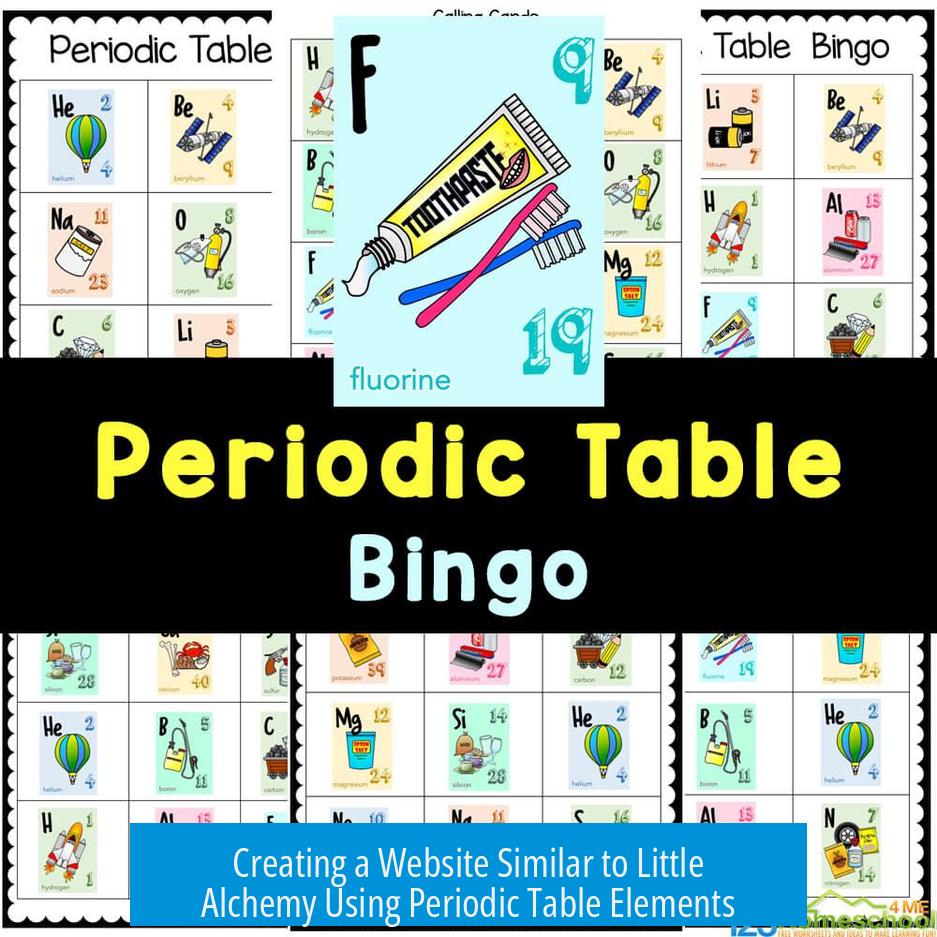
Building a website that combines the interactive gameplay of Little Alchemy with the elements of the periodic table offers a unique educational experience that blends chemistry fundamentals with engaging puzzle-solving.
Core Concept and Gameplay
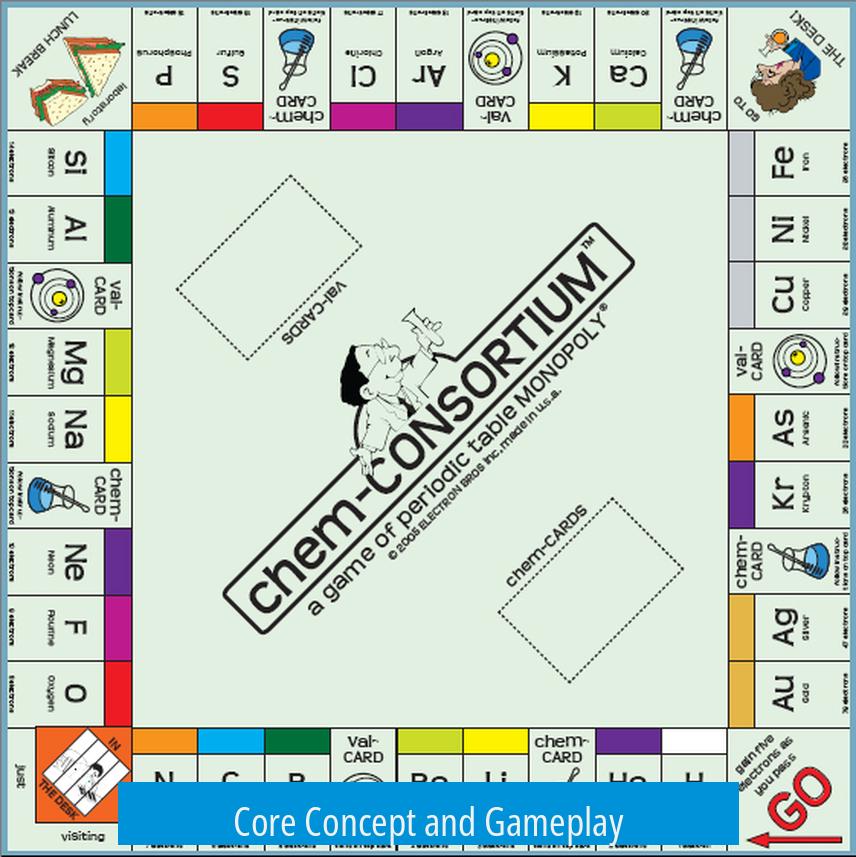
The website allows users to mix and match chemical elements from the periodic table to create new compounds, molecules, or materials. This interactive approach fosters learning about element properties, chemical bonding, and compound formation in a visual and accessible manner.
- Users start with basic elements like hydrogen, oxygen, and carbon.
- Combining elements follows chemical rules or approximations to produce real or plausible substances.
- The interface mimics Little Alchemy’s drag-and-drop mechanic, ensuring intuitive play.
Educational Value
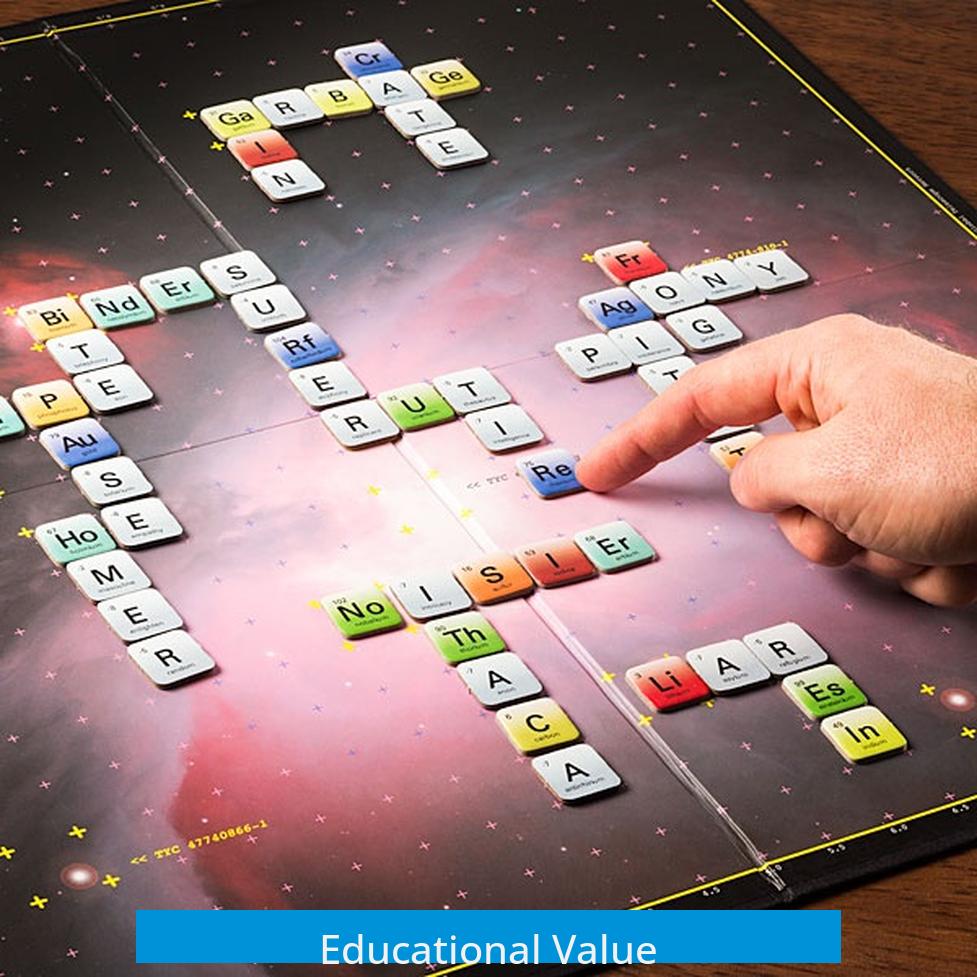
This website bridges gaming and science education, making chemistry more approachable. By experimenting with periodic table elements, users deepen their understanding of element symbols, atomic numbers, and bonding basics. The game encourages critical thinking and hypothesis testing.
Technical and Security Considerations
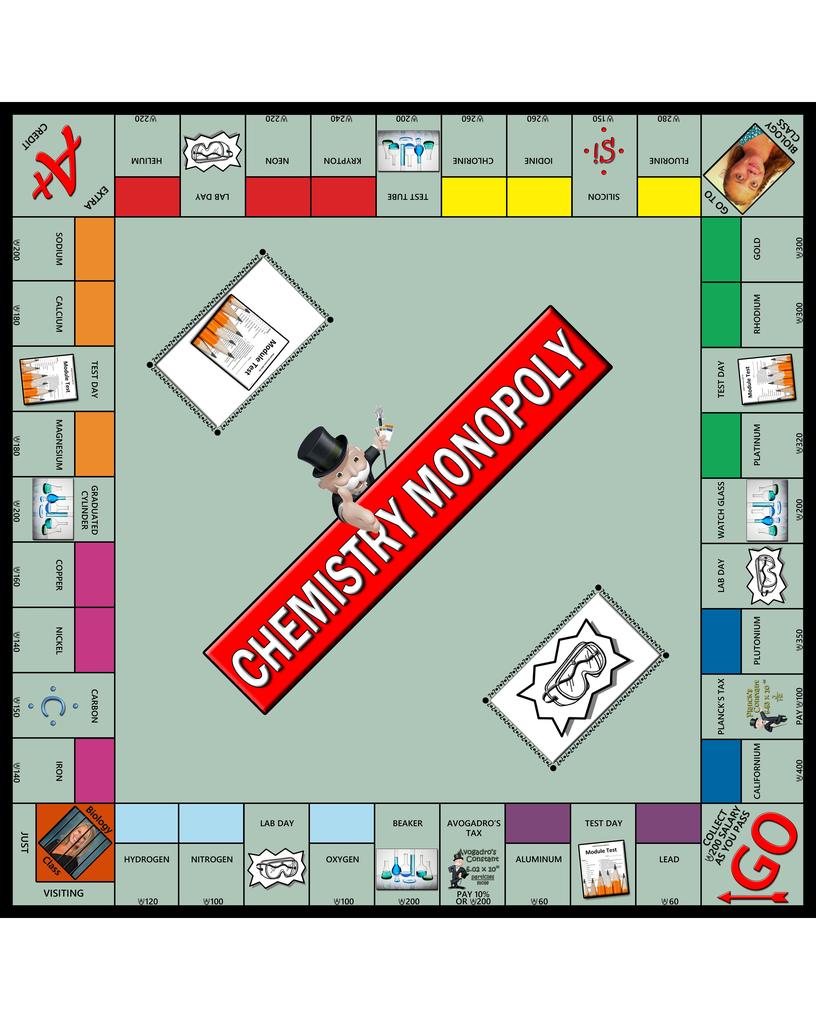
Deploying such a website requires attention to security and user experience:
- Security services like Cloudflare may protect the site against attacks by triggering protective measures when unusual requests appear.
- Users might encounter blocks if they submit certain words or data patterns mistaken for threats.
- When blocked, users can contact the site owner, providing details and error codes (e.g., Cloudflare Ray ID) to resolve access issues.
Proper handling of input data, secure coding, and transparent communication channels help avoid user frustration and maintain smooth interaction.
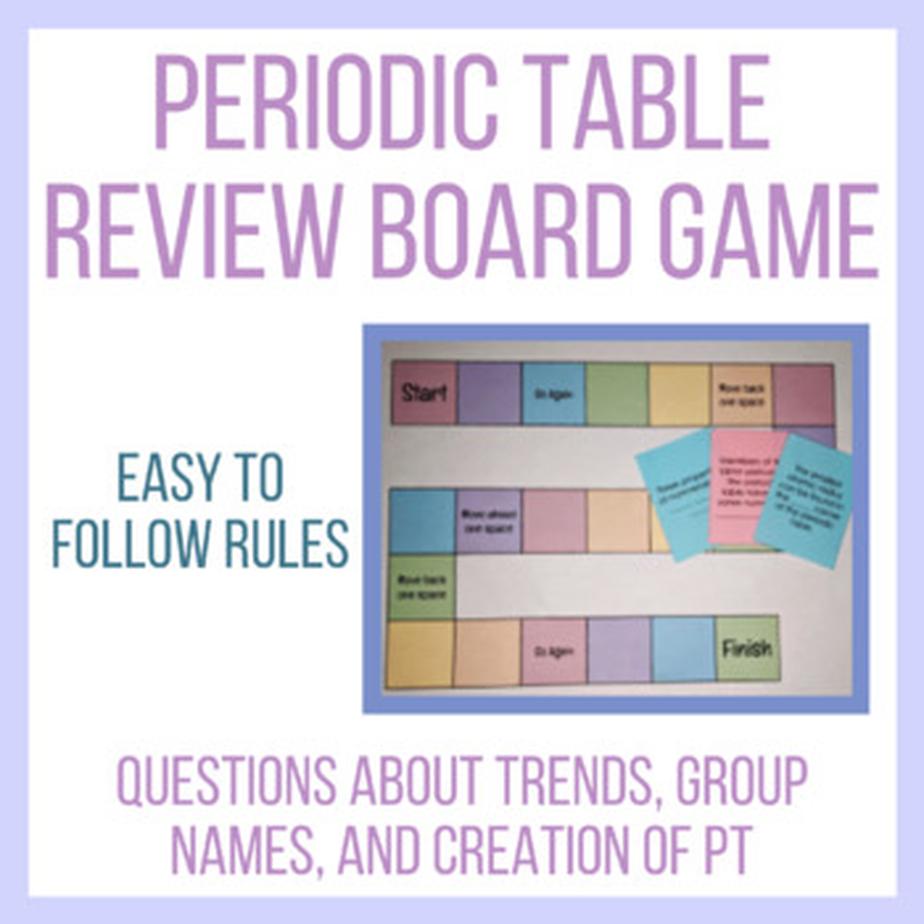
Design and Development Tips
- Use a clear layout highlighting element properties and combination possibilities.
- Incorporate a hint system or educational tooltips explaining chemical concepts.
- Test interactions to ensure combinations follow logical chemistry rules or clearly note fictional compounds.
- Monitor website traffic and security logs to detect and mitigate unwanted access attempts promptly.
Key Takeaways
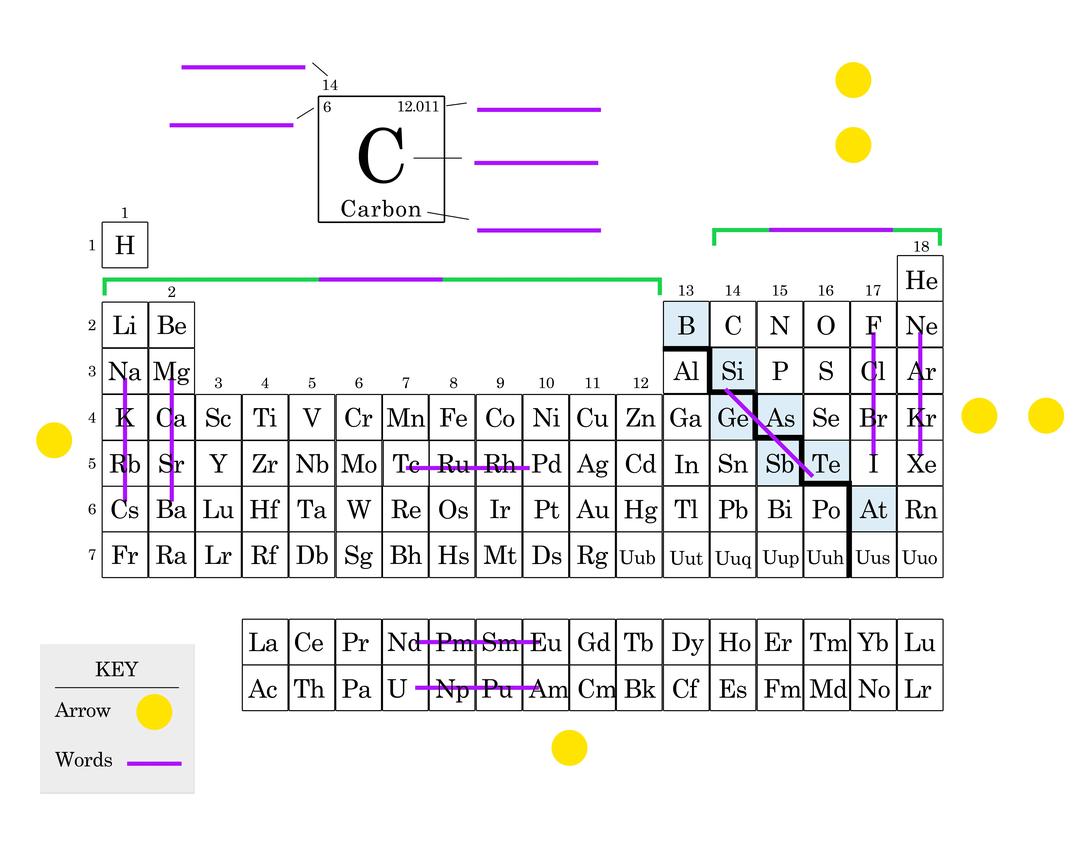
- Combining periodic table elements in a game enhances learning through exploration.
- The site mimics Little Alchemy’s gameplay, making chemistry tangible and fun.
- Security measures protect the website but can cause access blocks that require user communication.
- Careful design balances scientific accuracy and engaging user experience.
I Made a Website Similar to Little Alchemy but with Elements of the Periodic Table
Creating a website that mirrors the addictive charm of Little Alchemy using the elements of the periodic table is both fun and educational. This project lets users combine elements to discover new compounds, mimicking real chemical reactions with a twist of gamification. But building such a site isn’t just about mixing symbols; it requires careful design, smart coding, and some security savvy.
Let’s dive into the world where gaming meets chemistry, and technology safeguards your creative playground.
From Little Alchemy to Periodic Table Magic
Many people love Little Alchemy for its simple mechanics: mix two items, get something new. So, what if you replace quirky ingredients like “lava” or “life” with elements like Hydrogen, Oxygen, and Carbon? That’s exactly what this website does. Users start with the basic periodic elements and discover compounds, mixtures, and fascinating materials by combining them.
This approach not only entertains but educates. Players intuitively learn chemical bonds and common compounds without even realizing they’re studying.
Why Use the Periodic Table Elements?
Unlike typical alchemy games where combinations are often whimsical, this periodic table approach grounds the experience in real chemistry. For example, mixing Hydrogen (H) and Oxygen (O) leads to Water (H2O). Combining Carbon (C) with Oxygen can create Carbon Dioxide (CO2). This sparks curiosity and makes users keen to experiment and learn scientifically factual outcomes.
It transforms playful interaction into a stealthy study tool, boosting STEM interest naturally.
The Nitty-Gritty of Building the Website
Creating this kind of website isn’t child’s play. The coding needs to ensure that each element can combine logically to form the right output. Behind the scenes, there’s a large database of elements and compound results. The interface must be slick and responsive so players don’t get frustrated.
A sound algorithm checks each user action—when two elements mingle, is the result valid? If yes, show the new item. If no, give a hint or an amusing “Oops!” This keeps users engaged and motivated to explore all possible combinations.
Security: The Unsung Hero of Fun
Now, a crucial, often overlooked factor is security. This site uses a protection service, like Cloudflare, to fend off malicious traffic. Why? Because websites are relentlessly probed by bots and spammy activities that want to break in and cause havoc.
At times, the security might block a user accidentally. Say, if someone tries to enter certain words or uses malformed links, the site’s security filter could trigger and block access to protect the database and user info.
“The action you just performed triggered the security solution,” reads the common message. As frustrating as it sounds, this is your site’s way to keep gamers’ progress and data safe from harm.
What to Do If You Get Blocked?
If you find yourself on the wrong side of this digital firewall, don’t panic. Contact the site owner with details about what you were doing and include the Cloudflare Ray ID visible on the error page. This helps the admin identify and fix accidental blocks quickly so real players aren’t locked out.
Good communication here saves time and enhances the overall experience for everyone involved.
Benefits of This Chemistry-Based Game Website
- Learning by playing: Users absorb elemental knowledge naturally.
- Engagement boosts QA skills: Combining and testing hypotheses mimics scientific thinking.
- Community building: Players share combos and discoveries.
- Safe environment: Security measures ensure user data stays protected.
How It Compares to Traditional Educational Tools
Unlike textbooks or dry apps, this website turns studying into an adventure. You’re not memorizing tables; you’re creating and exploring them interactively. It’s an inviting approach for younger learners and even adults who want a chemical refresher.
Imagine a chemistry class where students can play with elements outside the lab, visualizing complex reactions on their screen. This website hits that sweet spot.
Tips For Aspiring Creators of Similar Websites
- Start with a complete list of elements and their real-world compounds. Accuracy is key.
- Design clear, colorful visuals for elements to increase user engagement.
- Implement user-friendly drag-and-drop or click mechanics for combos.
- Build a robust database to store combinations and results securely.
- Invest in good security to protect your site from attacks and accidental blocks.
- Provide tutorials or hints to help new users discover combos without frustration.
The Future: Adding More Layers to Your Elemental Playground
Want your site to evolve? Consider adding complex molecules, chemical reactions under specific conditions (like temperature or catalysts), or even historical trivia about elements. Gamify achievements – maybe a badge for discovering all noble gases or creating famous materials like graphene.
With each layer, the site becomes richer, retaining repeat users and attracting curious newcomers.
Final Thoughts
Building a Little Alchemy-like website using elements from the periodic table is a bold, brilliant blend of fun and science. It allows users to experiment with combinations, making chemistry accessible and engaging.
Plus, facing security challenges and handling user access issues is part of the journey. Once overcome, your site stands as a safe, interactive, and rewarding resource.
So, ready to mix some elements and spark curiosity? This website doesn’t just show elements—it breathes life into the periodic table for everyone!
What is the main idea behind this periodic table game?
The game lets you combine elements from the periodic table. You create new substances and compounds, similar to Little Alchemy’s concept but focused on chemistry.
How do I combine elements in the game?
Drag and drop or click on two elements. The game checks if they form a valid new compound or mixture. If yes, it adds the new item to your collection.
Are all elements from the periodic table included?
Most common elements are included, but some rare or synthetic ones might be missing. The goal is to balance fun and educational value without overwhelming players.
Can I save my progress on the website?
Yes, the website allows saving progress, so you can return later without losing your discovered combinations.
Does the site have any security measures?
Yes, it uses security services to protect from attacks. Certain actions like unusual input might trigger temporary blocks to keep the site safe.
What should I do if I get blocked while using the game?
You should contact the site owner by email. Provide details about what you were doing and include the security ID shown on the block page for faster help.


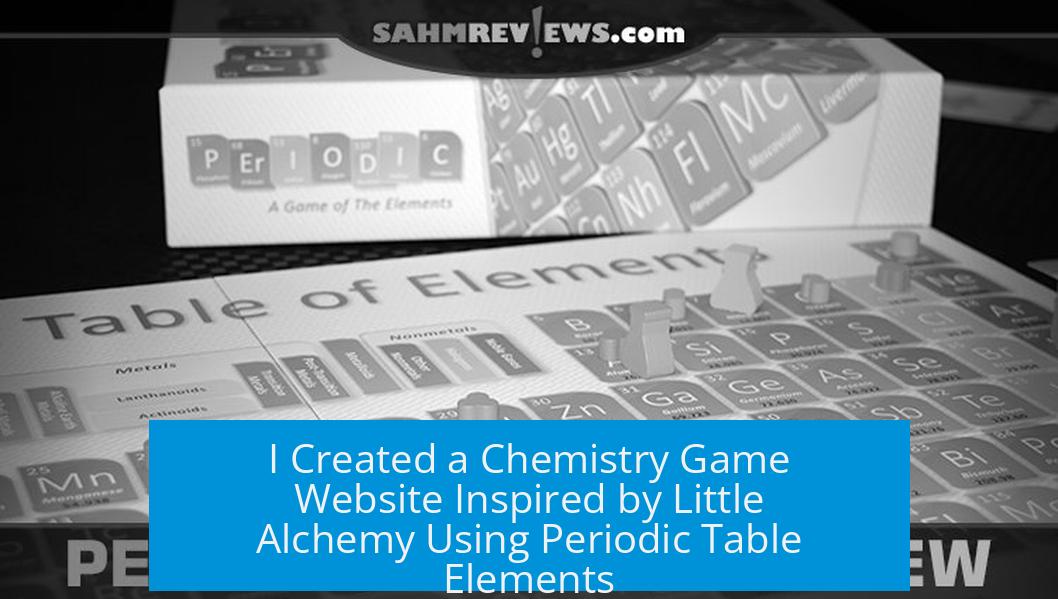
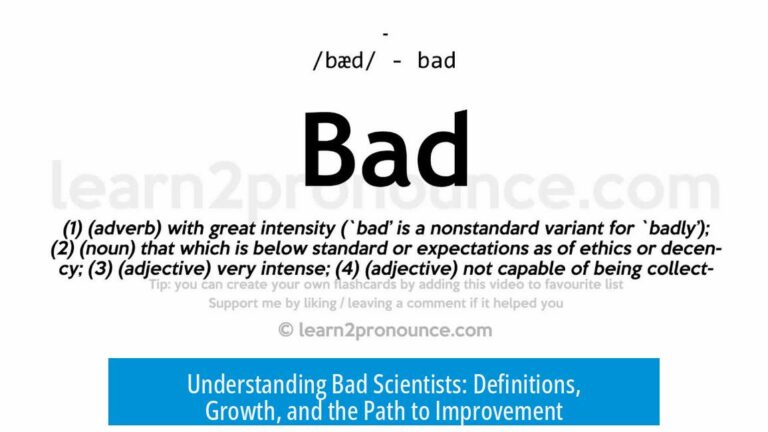
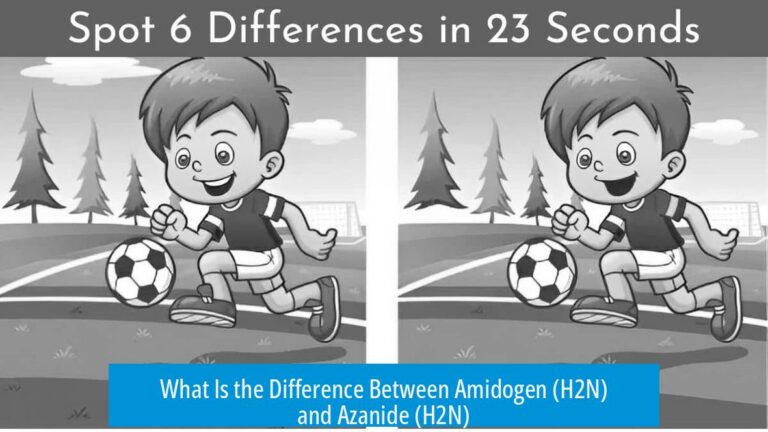
Leave a Comment